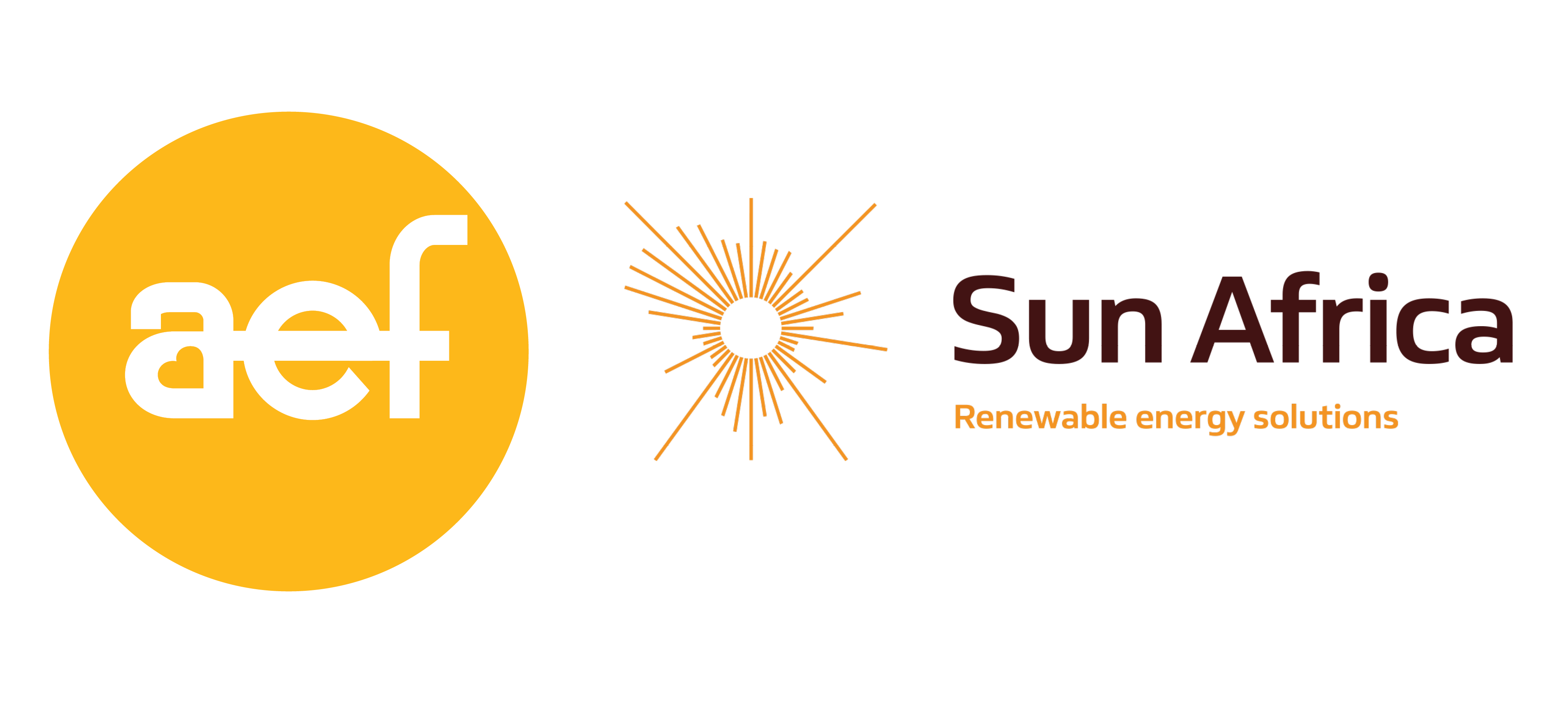Effective Use of Credit Enhancement Instruments to Enable Project Financing Hosted by: ATIDI
)
Innovative credit instruments derisk Africa’s investment landscape
When the average development project takes as long as six-seven years, and in less mature markets, more than a decade, the landscape is liable to change, evolve or become less conducive to do business. Naturally, this has a direct impact on attractiveness to lenders and investors who seek above all else, stability. Filling the gap between those two concerns is the growing reliance on credit enhancement initiatives to enable more sustainable project financing.
ATIDI has been at the forefront of this service provision for a number of years, with two solutions in particular paving the way for successful projects to make potentially seismic impacts in African countries.
The first is a regional liquidity support facility (RLSF) which was used for AMEA Power’s Ituka West Nile Uganda Limited project. The 15-year protection feeds into investor and lender attractiveness while adhering to the objectives and structures set by government.
Rajesh Ramesh, Senior Manager, Business and Project Development, AMEA Power, points to four overarching challenges that this kind of instrument can help overcome. They include that aforementioned speed of implementing projects which increases the risk perception of not just insurers but the “full gamut of financiers, lenders, investors and suppliers”. Additional risks included the fear or risk of termination and how this impacts that risk perception; and also the model of credit instruments to cover more flexible, long-term timelines.
However, “the number one challenge, is definitely currency convertibility”, Rajesh added.
This foremost challenge was echoed by Brian Kelly, Founder and CEO of Anzana Electric Group (formerly Virunga power), with his company’s 1.65MW Hydro Project in Burundi aided by ATIDI’s Political Risk Insurance (PRI) product.
“There’s no IPP precedence in Burundi – we’re only the second,” he explained. “It might only be a small project in terms of megawatts, but the impact and momentum this could have in a country like Burundi is very big. The question that comes up constantly with lenders and even our own shareholders, though, is whether the country can access enough hard currency… enough dollars.”
This foreign exchange issue is mitigated through the PRI credit instrument, as ATIDI acts as the converter to derisk that particular situation.
The landscape of credit instruments like these have evolved in recent years, and not a moment too soon. Emma Gordon, Energy & Investment Analyst, International Energy Agency (IEA), noted that investments to the tune of $200 billion a year are needed to meet targets over the next five-10 years. This includes $30 billion from the private sector. And, critically, it needs $30-40 billion of derisking concessional capital to spark those investments. This is a far more disproportionate amount relative to comparable regions such as Latin America or India.
“Derisking isn’t just technology in this sense. It’s reliability of off-take, it’s the doubling of debt service, it’s transmission and distribution losses of 15 percent across Africa, and it’s that foreign exchange availability,” Emma continued.
The continent not only needs solutions such as those provided by ATIDI, but further innovation around derisking credit instruments.
As initial signs of this market’s evolution, Surabhi Visser, Chief Investment Officer, GuarantCo points to credit guarantees, as well as liquidity extension guarantees to more accurately reflect the length of projects on the continent. Jessica Stiefler, Senior Underwriter - MIGA, The World Bank Group, added the potential of improved donor coordination to further spread the allocation of risk.
These possibilities join a growing cohort of more innovative credit instruments that could spark much-needed projects in traditionally challenging markets, moving forward.

